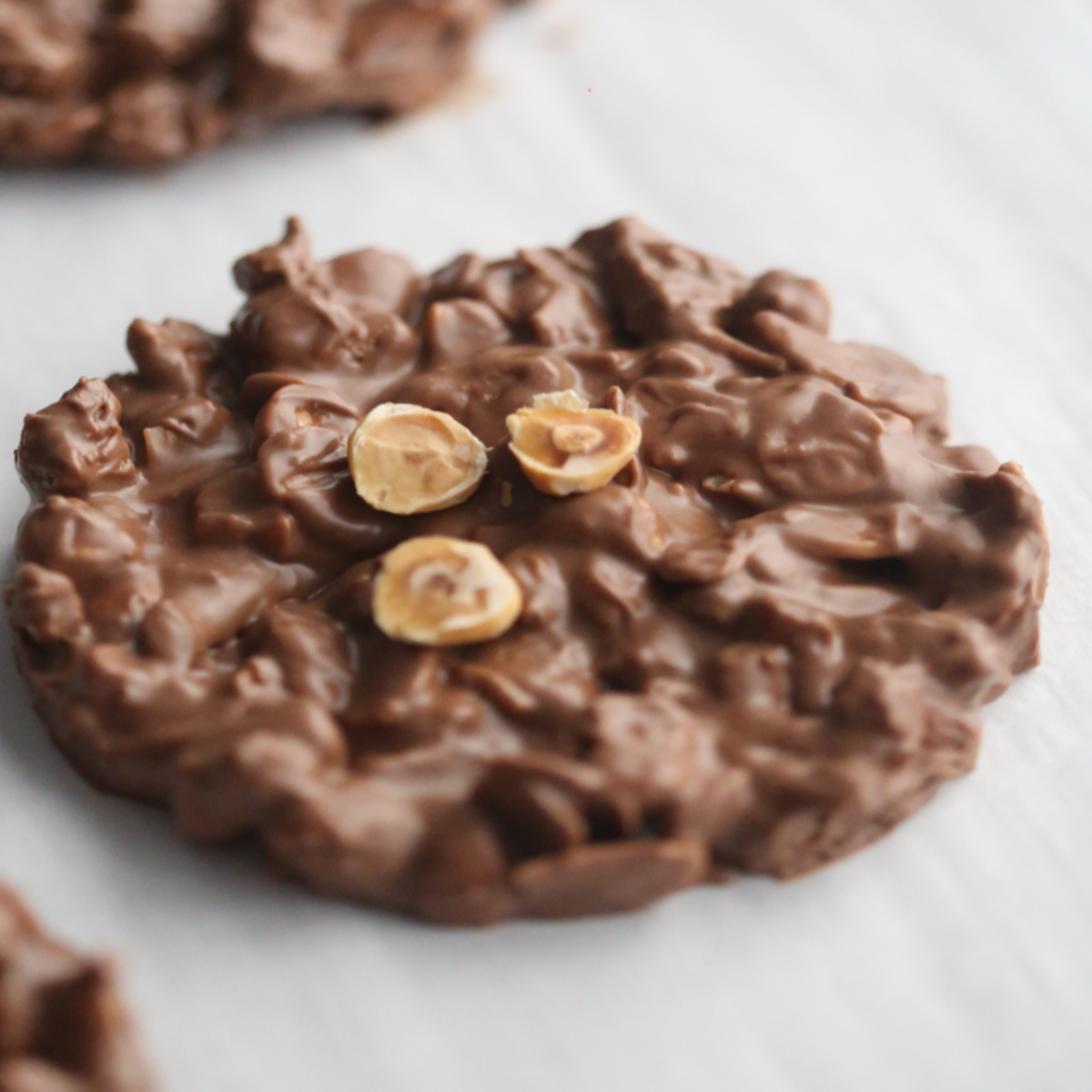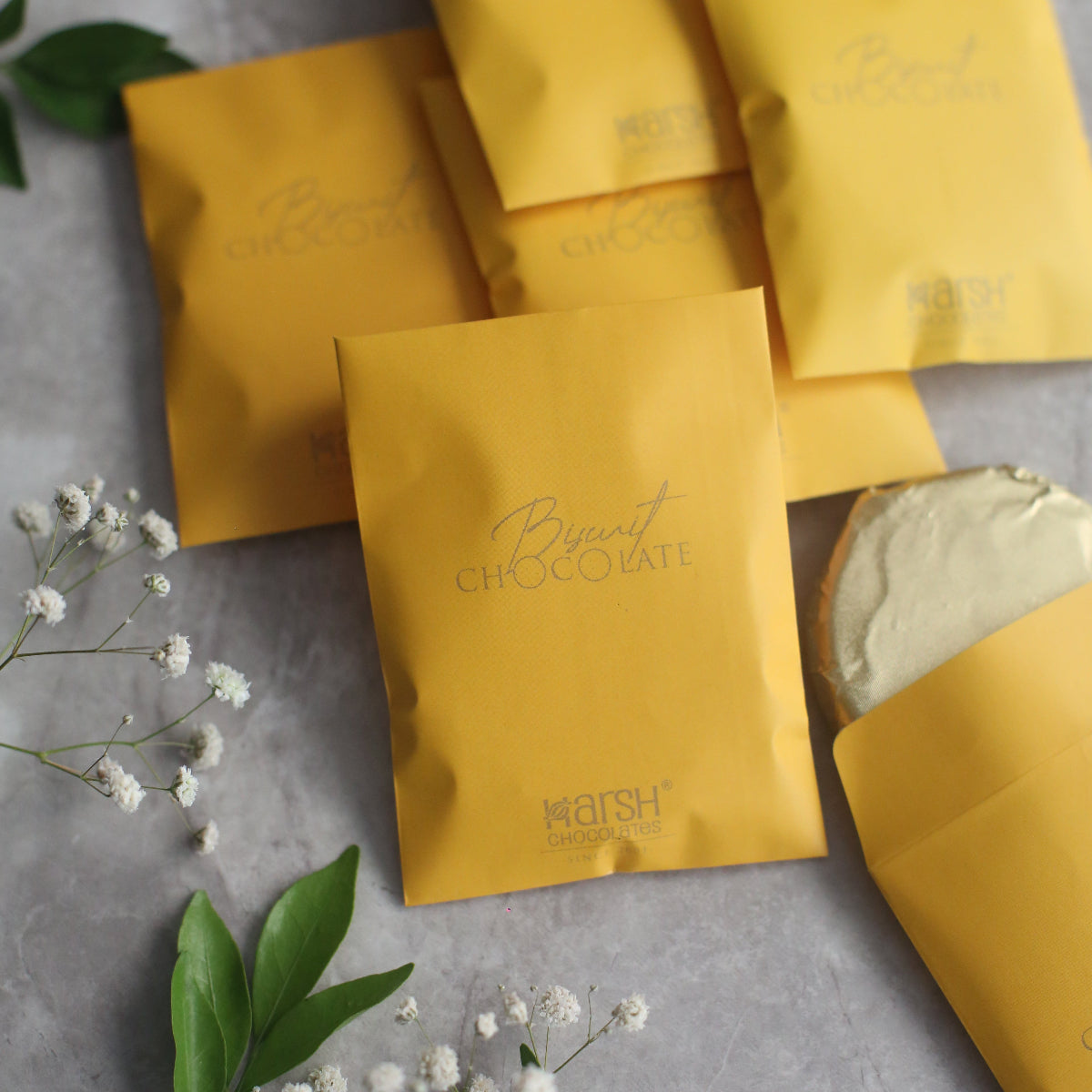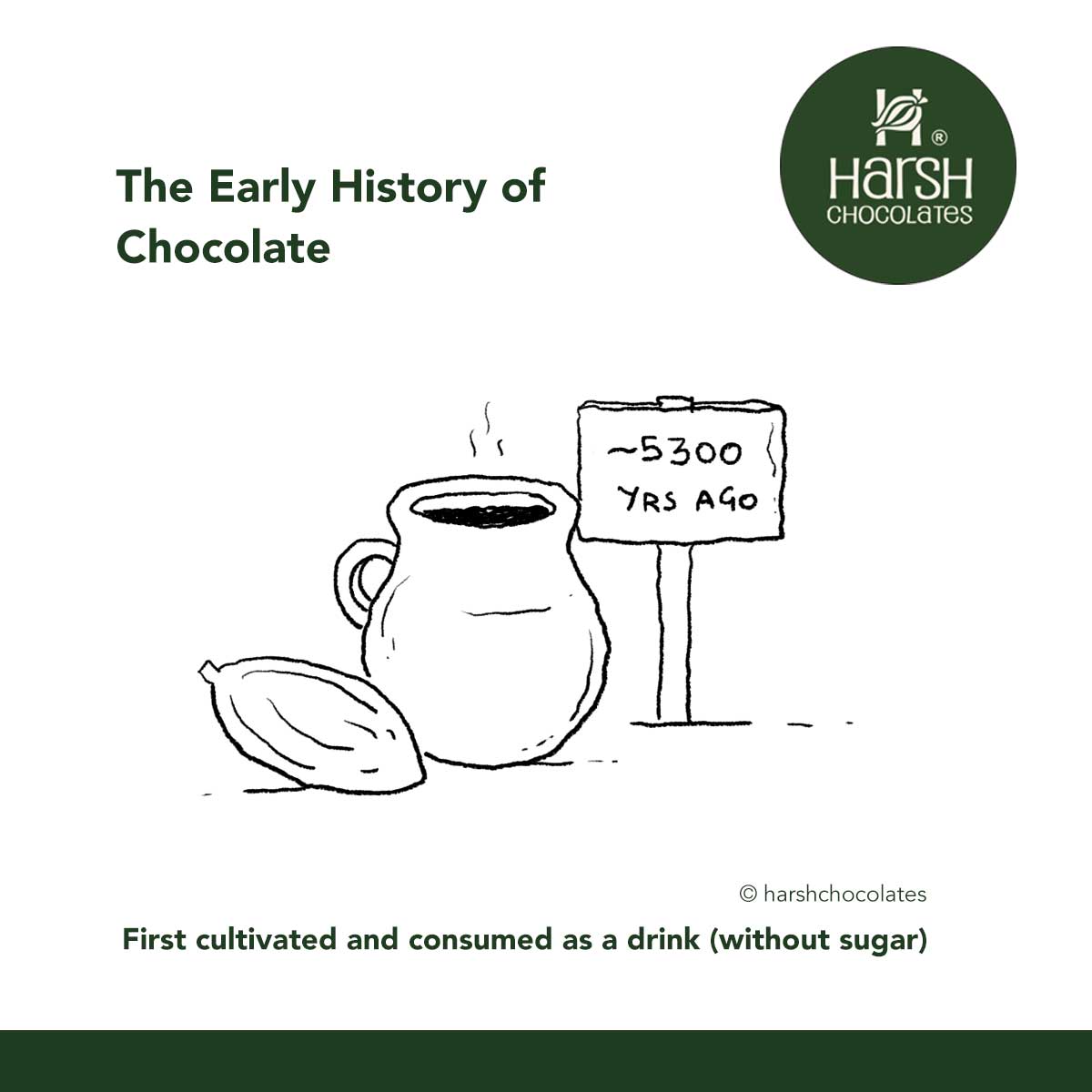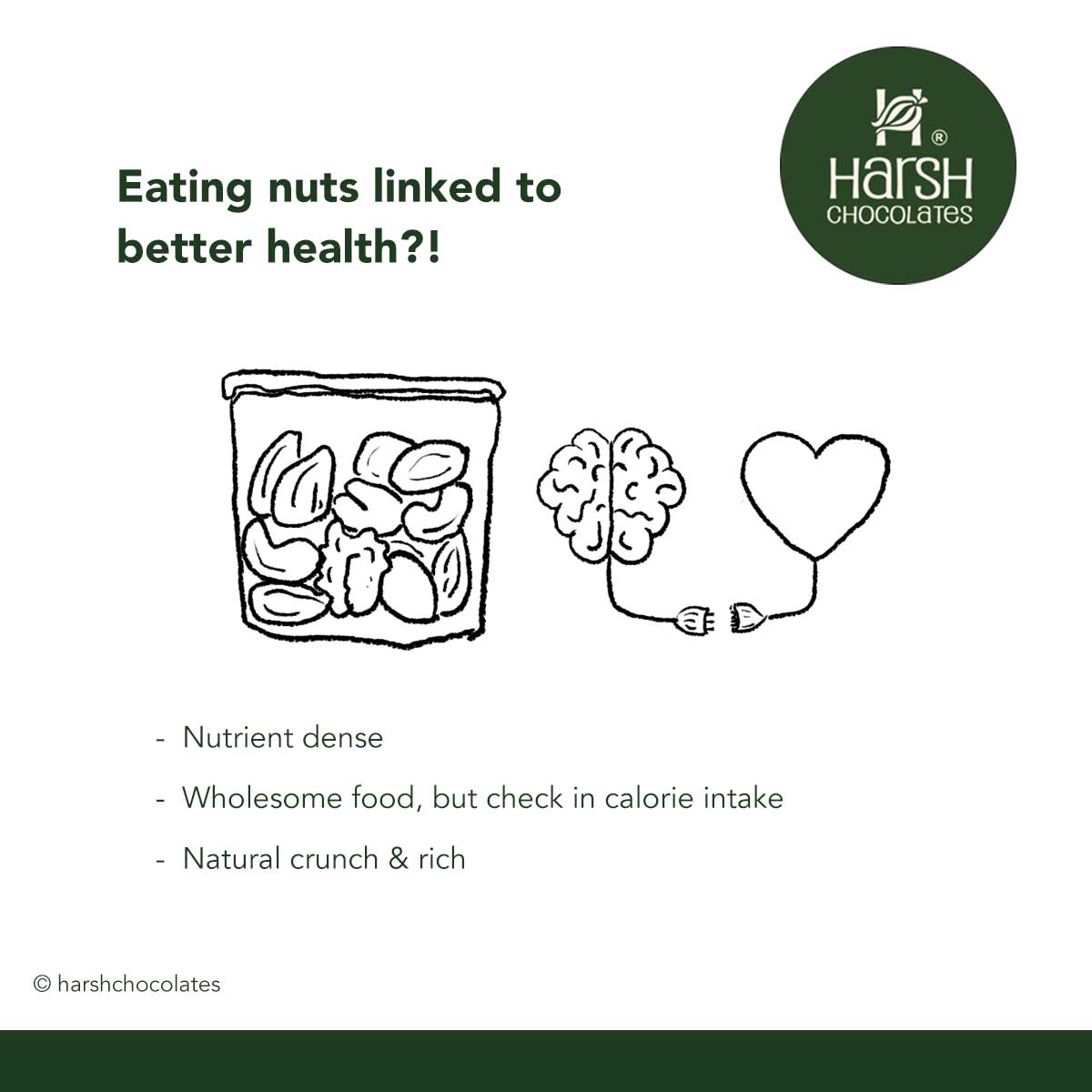When it comes to baking, cocoa powder plays a crucial role in flavor, texture, and even color. But if you’ve ever come across a recipe that simply calls for “cocoa powder,” you might wonder—should you use natural cocoa powder or Dutch process cocoa powder? Are they interchangeable? And what difference does it really make?
Let’s break it down.
What is Cocoa Powder?
Cocoa powder is what remains after cacao beans are fermented, dried, roasted, and ground into a paste. The fat (cocoa butter) is removed, leaving behind pure cocoa solids, which are then ground into a fine powder. This powder is the essence of chocolate’s flavor, without any added sugar or fat.
There are two main types of cocoa powder: natural cocoa and Dutch process cocoa. While they may look similar, their flavors, acidity levels, and how they interact with baking ingredients are quite different.
What is Natural Cocoa Powder?
Natural cocoa powder is pure, untreated cocoa powder with a pH between 5 and 6, making it naturally acidic. This acidity gives it a sharp, slightly fruity flavor with some bitterness. Because of its acidity, natural cocoa powder often reacts with baking soda in recipes, creating the leavening needed to help cakes and cookies rise.
Common brands: Hershey’s, Ghirardelli, Scharffen Berger
Best for:
✔ Recipes that use baking soda as a leavening agent
✔ Dishes where you want a brighter, fruitier chocolate flavor
✔ Classic American-style chocolate cakes, brownies, and cookies
What is Dutch Process Cocoa Powder?
Dutch process cocoa powder (also called alkalized cocoa) is treated with potassium carbonate to neutralize its acidity, bringing its pH to 7 or higher. This process results in a darker color and a smoother, more mellow flavor with earthy, toasted notes. Because it’s not acidic, it does not react with baking soda and is typically used in recipes that call for baking powder instead.
Some Dutch process cocoas are even more heavily alkalized, creating black cocoa, which is the type used in Oreo cookies.
Common brands: Valrhona, Droste, Guittard Cocoa Rouge
Best for:
✔ Recipes that use baking powder for leavening
✔ Desserts where you want a deep, rich chocolate flavor
✔ European-style cakes, puddings, and hot chocolate
Side-by-Side Comparisons
Chocolate Cake Test
-
A cake made with natural cocoa had a lighter color, a more open crumb, and a slightly fruitier, tangier taste.
-
A cake made with Dutch process cocoa was darker, fudgier, and had a deeper, toasted chocolate flavor.
Which is better? It depends on your preference! If you want a classic, slightly tangy chocolate cake, go for natural cocoa. If you want a rich, dark, and intensely chocolaty cake, Dutch process cocoa is the way to go.
Chocolate Pudding Test
-
Natural cocoa pudding had a lighter color and a touch of acidity.
-
Dutch process cocoa pudding was deeper in color and had a more robust, velvety chocolate taste.
Which is better? Both were equally creamy, so the choice depends on whether you prefer a slightly fruity cocoa flavor (natural) or a smooth, rich chocolate taste (Dutch process).
Hot Chocolate Test
-
Natural cocoa hot chocolate had a brighter, slightly acidic chocolate taste.
-
Dutch process hot chocolate was earthier and more mellow.
Which is better? If you’re making a spiced hot chocolate (with cinnamon or cayenne), natural cocoa can add a nice balance. If you want something smooth and indulgent, Dutch process cocoa is perfect.
Can You Substitute One for the Other?
It depends! Since natural cocoa is acidic and Dutch process cocoa is neutral, they behave differently in recipes. The key is the leavening agent:
-
If a recipe calls for baking soda- Use natural cocoa powder
-
If a recipe calls for baking powder- Use Dutch process cocoa
-
If a recipe has both baking powder and baking soda- Either type can work, but it’s best to follow what the recipe specifies.
If a recipe doesn’t specify the type of cocoa powder, and it’s an American recipe, it likely assumes natural cocoa powder because that’s what’s most common in U.S. supermarkets.
Final Thoughts
While both natural and Dutch process cocoa can be used for a variety of recipes, they each bring something unique to the table. If you love deep, smooth chocolate flavors, Dutch process cocoa is your go-to. If you enjoy a brighter, fruitier chocolate taste, stick with natural cocoa.
Pro Tip: Try experimenting with both! Keep a container of each in your pantry and see how they change the flavor of your favorite chocolate recipes. Who knows—you might discover a new favorite way to enjoy chocolate!





